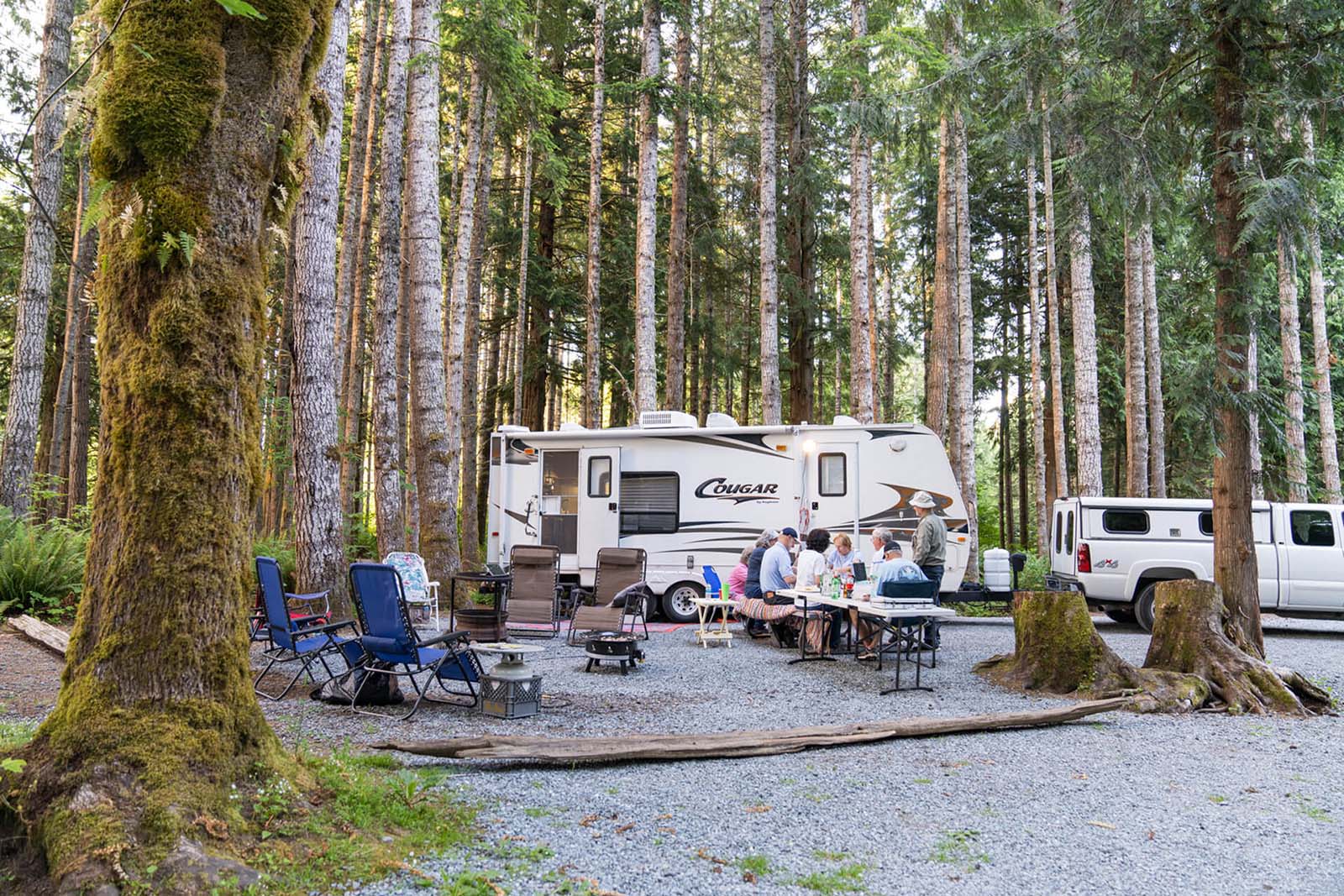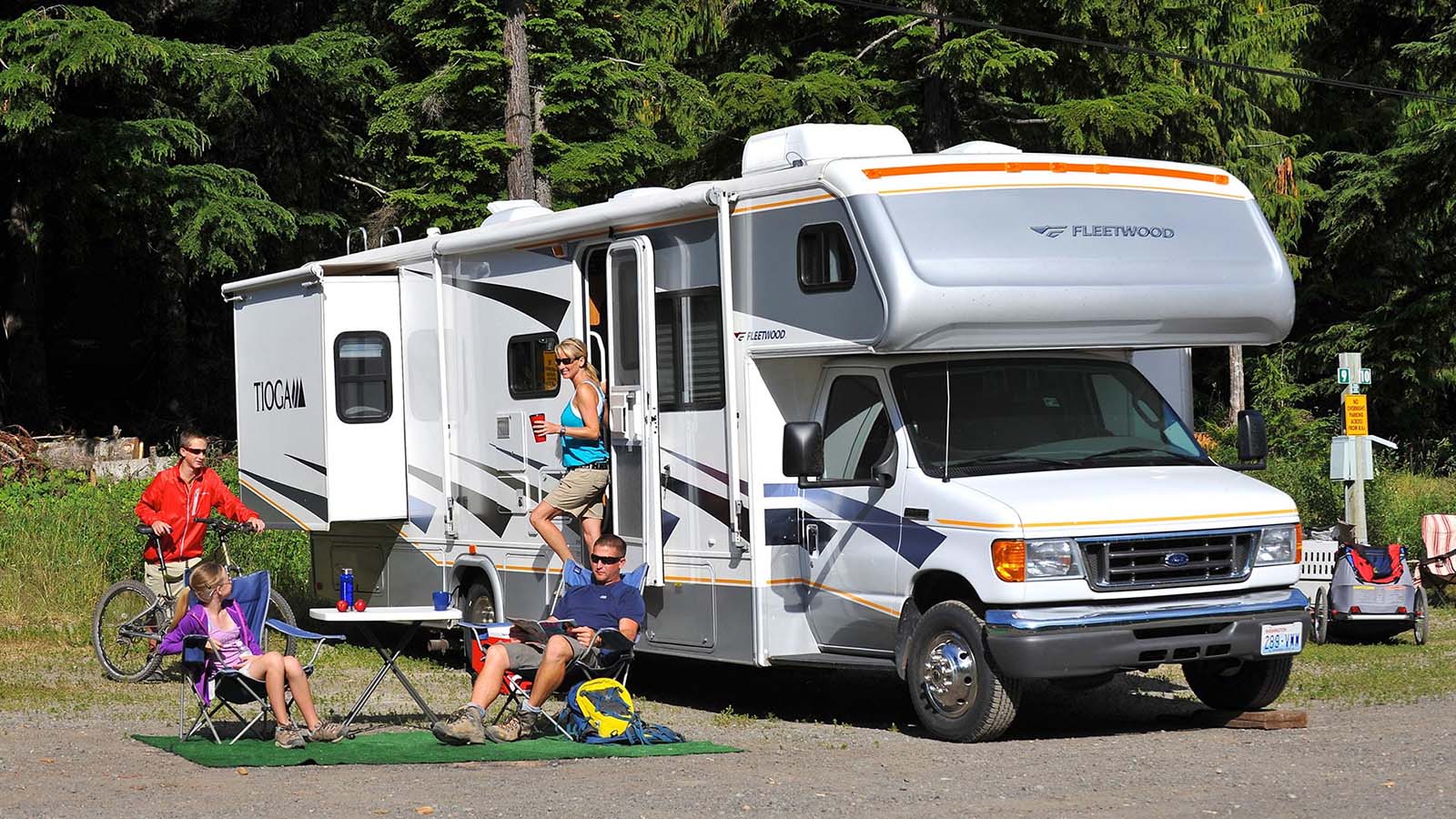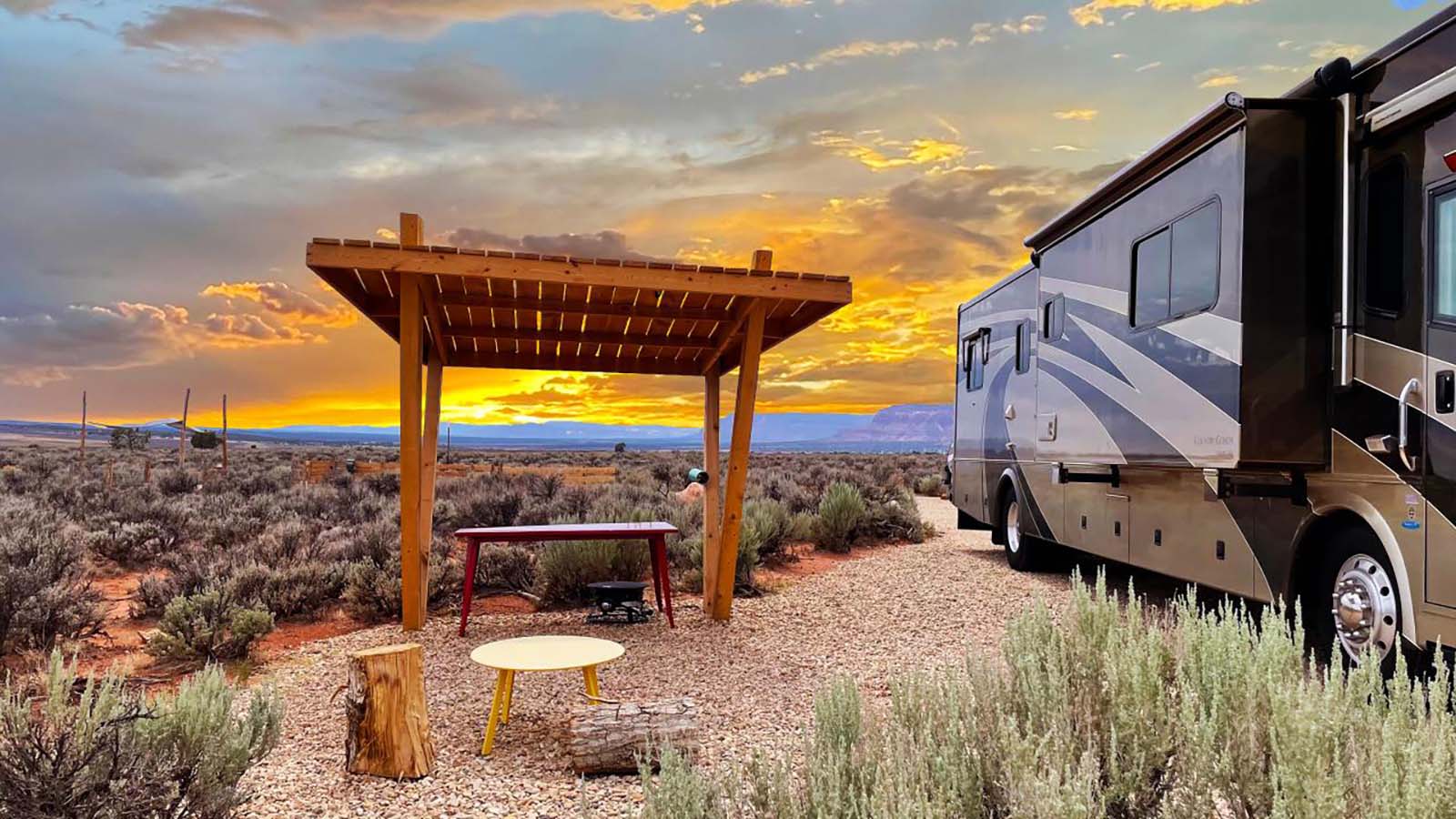H2: How to Hook Up Two Batteries in an RV

H3: Introduction When it comes to powering your RV, having a reliable battery setup is essential. By connecting two batteries in your RV, you can increase the available power and provide a longer-lasting energy source. In this article, we will guide you through the process of hooking up two batteries in your RV, ensuring a seamless and efficient power supply for all your adventures.
H3: Assessing Battery Compatibility Before connecting two batteries in your RV, it is crucial to ensure their compatibility. Check the battery type, capacity, and age. Ideally, both batteries should be of the same type (e.g., deep cycle) and similar in capacity. Similar age batteries will have similar charging and discharging abilities. Mismatched batteries may lead to an imbalanced power supply and affect overall performance. Always consult your RV manufacturer’s guidelines or seek professional advice to ensure compatibility.
H3: Gathering Necessary Equipment To connect two batteries, gather the required equipment, including battery cables, terminal connectors, a battery switch or battery isolator, and a battery monitor system (optional). Battery cables should be of the appropriate gauge to handle the increased power flow. Terminal connectors should be clean, corrosion-free, and securely attached to the battery terminals. A battery switch or isolator allows you to switch between batteries or connect them in parallel. A battery monitor system helps track the battery performance and ensure efficient power management.

H3: Connecting Batteries in Parallel Connecting batteries in parallel provides increased capacity while keeping the voltage the same. Follow these steps:
1. Turn off all power sources and disconnect the RV from the electrical outlet. 2. Ensure batteries are properly secured and ventilation requirements are met. 3. Connect the positive terminal of the first battery to the positive terminal of the second battery using a battery cable. 4. Connect the negative terminal of the first battery to the negative terminal of the second battery using another battery cable. 5. Use appropriate terminal connectors and tighten securely. 6. Connect the positive and negative terminals of the battery bank to the RV system using the battery switch or isolator. 7. Turn on the power sources and test the battery setup. Ensure all connections are properly secured and there are no signs of overheating or sparking.
H3: Maintaining and Monitoring Your Battery Setup To extend the life of your battery setup and optimize its performance, regular maintenance and monitoring are essential. Here are a few tips:

1. Keep the batteries clean and free of corrosion. Clean the terminals regularly with a mixture of baking soda and water. 2. Check the battery fluid levels periodically and top-up with distilled water if necessary. 3. Use a battery monitor system to keep track of the battery voltage, charge level, and performance. 4. Avoid overcharging or undercharging the batteries, as both can reduce their lifespan. Consider using a battery charger or solar panels to maintain a balanced charge. 5. Store your RV batteries properly during periods of inactivity, ensuring they are fully charged and stored in a cool and dry environment.
H3: Conclusion Connecting two batteries in your RV can significantly enhance your power supply and ensure a reliable source of energy for your adventures. Remember to assess battery compatibility, gather the necessary equipment, and follow the correct steps to connect the batteries in parallel. Regular maintenance and monitoring will help optimize your battery setup and extend its lifespan. Happy travels!

